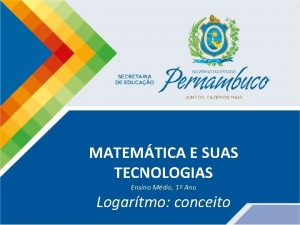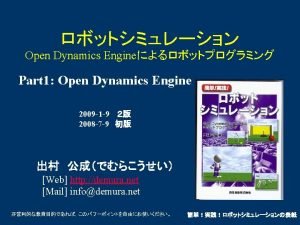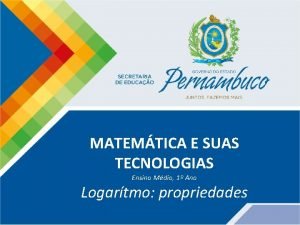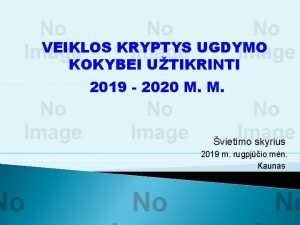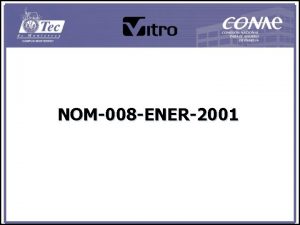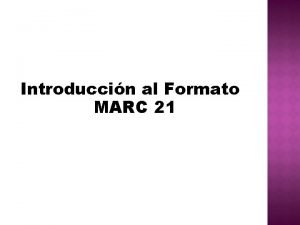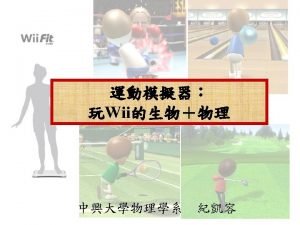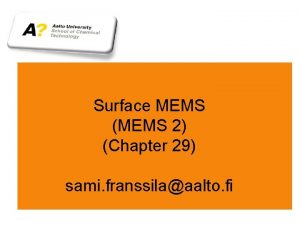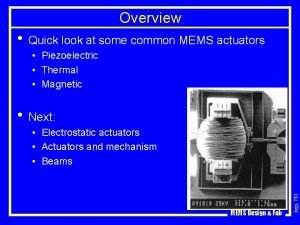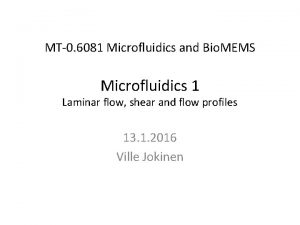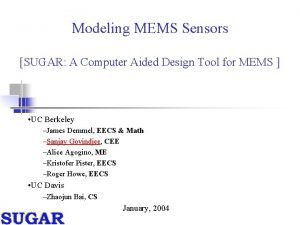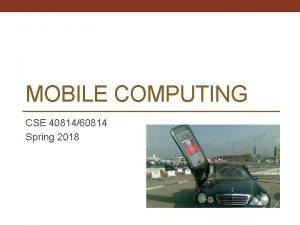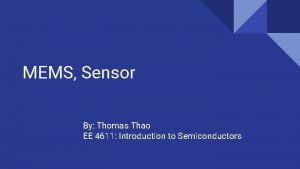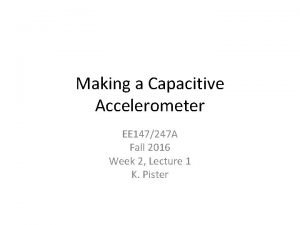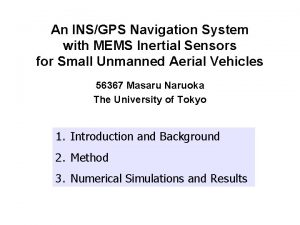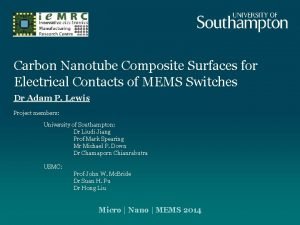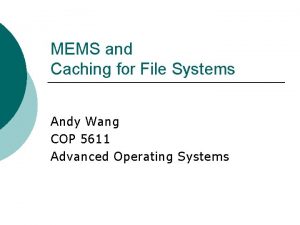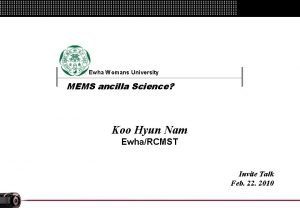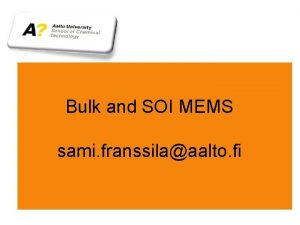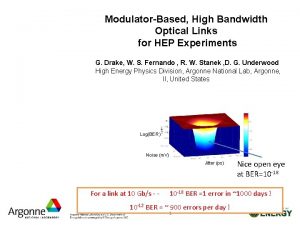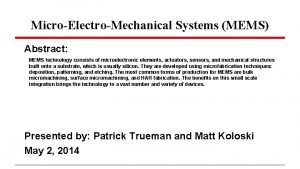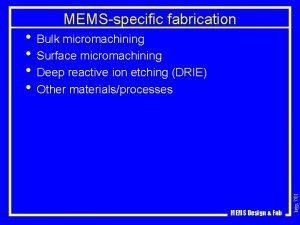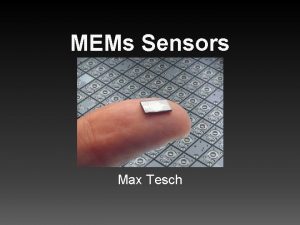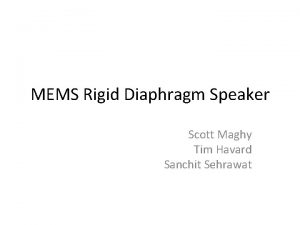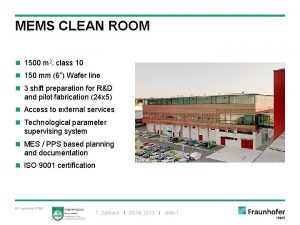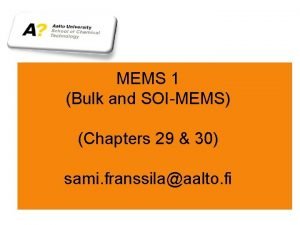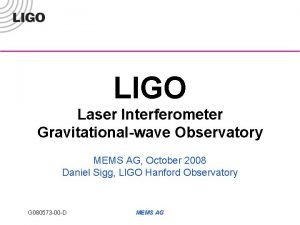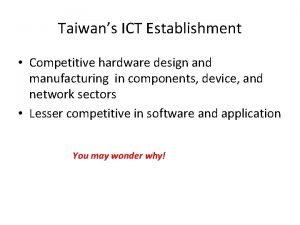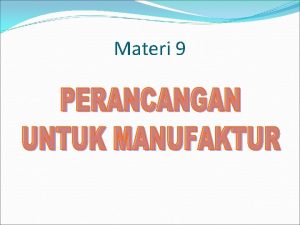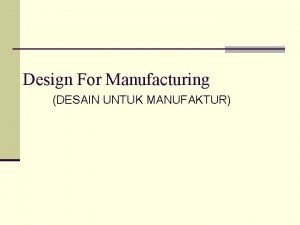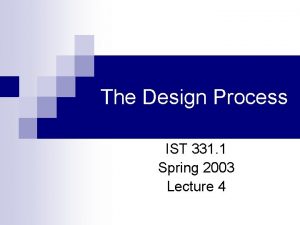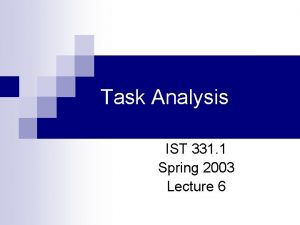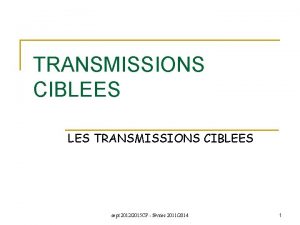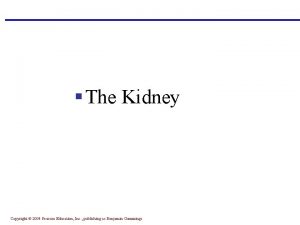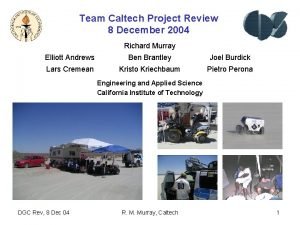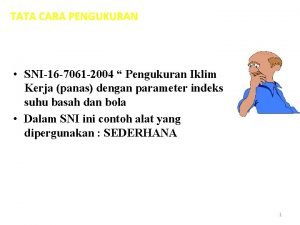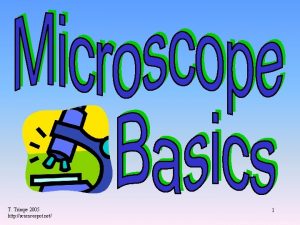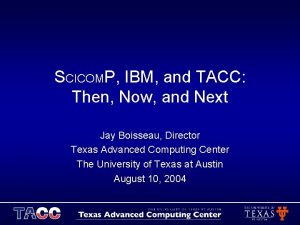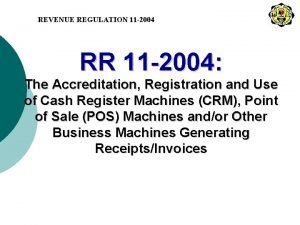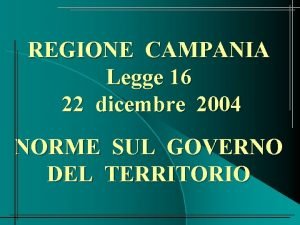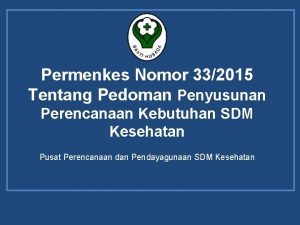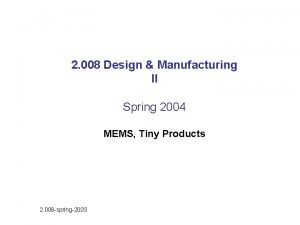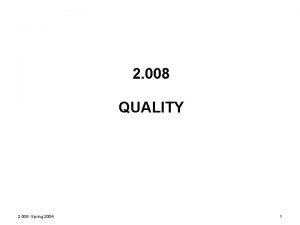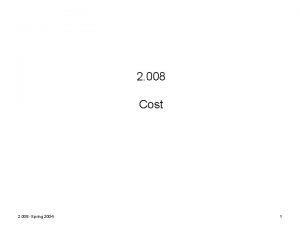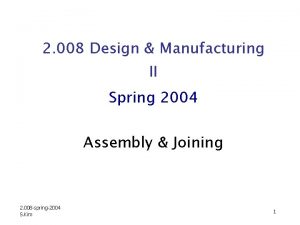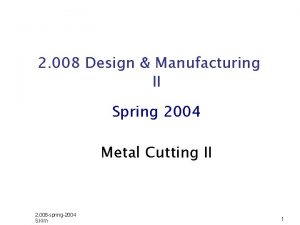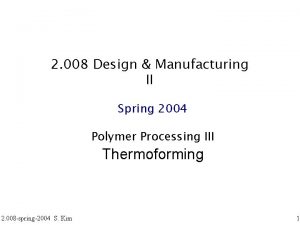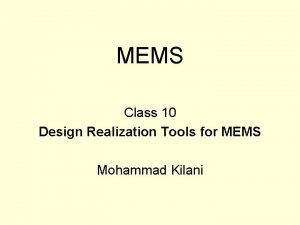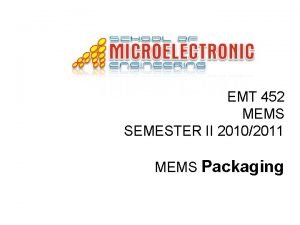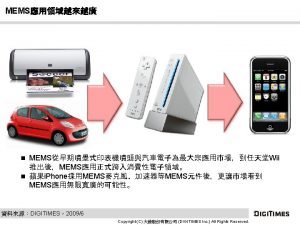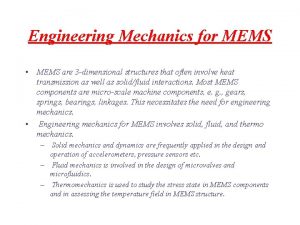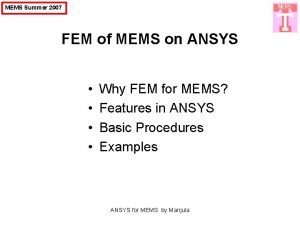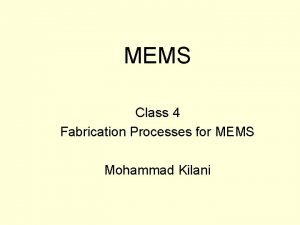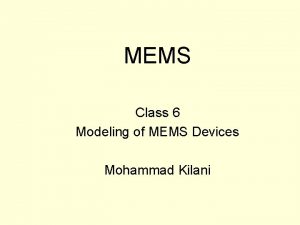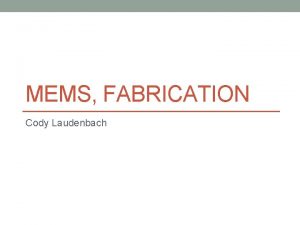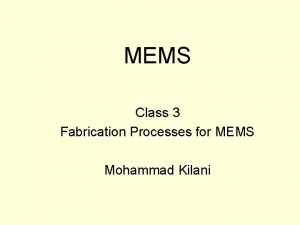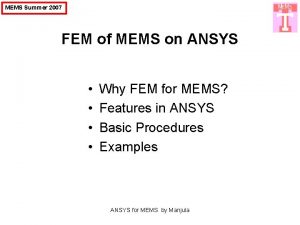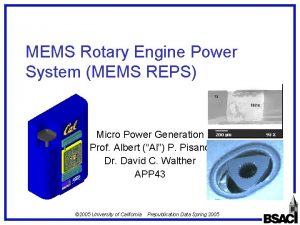2 008 Design Manufacturing II Spring 2004 MEMS







































![Miller indices • [abc] in a cubic crystal is just a directional vector • Miller indices • [abc] in a cubic crystal is just a directional vector •](https://slidetodoc.com/presentation_image_h2/a2474e58f8f0097e97514c52b784a20b/image-40.jpg)











- Slides: 51

2. 008 Design & Manufacturing II Spring 2004 MEMS I 2. 008 -spring-2004 S. G. Kim

March 10 th �� Ask “Dave” and “Pat” �� Petty money up to $200, Goggles �� Plant tour, April 21, 22, sign up! By 4/2 �� Quiz 1 on March 17 th �� HW#4 due by Monday’s lecture �� 75 minutes (45 min) �� MEMS 1 today 2. 008 -spring-2004 S. G. Kim

Elephant vs. Ant �� Shock and impact �� Scale and form factor �� Load carrying capability �� Spider silk v. s. steel 2. 008 -spring-2004 S. G. Kim

Frog, Water Strider, Gecko 2. 008 -spring-2004 S. G. Kim

Gecko adhesive system Macro Meso Macro Nanostructures Never try to mimic the nature. e. g. Biomimetic researches. 2. 008 -spring-2004 S. G. Kim http: //robotics. eecs. berkeley. edu/~ronf /GECKO/F 5 igures/Hierarchy 3. jpg

The Scale of Things -- Nanometers and More

Transition: Micro to Nano �� 20 th Century - Microelectronics and Information Technology �� Semiconductors, computers, and telecommunication �� 21 st Century - Limits of Microsystems Technology --- Nanotechnology �� Moore’s law �� Hard disc drive John Bardeen, Walter Brattain, and William Shockley at Bell Laboratories, “First Transistor” 2. 008 -spring-2004 S. G. Kim

Moore’s Law The number of transistors per chip doubles every 18 months. – Moore’s Law _ Rock’s Law 2. 008 -spring-2004 S. G. Kim

Microelectronics Technology To meet the Moore’s Law, line width(1/2 pitch) requirement No solution yet, nanolithography? The International Technology Roadmap for Semiconductors, 1999 2. 008 -spring-2004 S. G. Kim

Aerial density, hard disk Superparamagnetic Effect “a point where the data bearing particles are so small that random atomic level vibrations present in all materials at room temperature can cause the bits to spontaneously flip their magnetic orientation, effectively erasing the recorded data. “ 2. 008 -spring-2004 S. G. Kim

What is Nanotechnology? A DNA molecule is 2. 5 nm wide. Nanomanufacturing? 2. 008 -spring-2004 S. G. Kim

Nano in ME �� Fluidics, heat transfer and energy conversion at the micro- and nanoscale �� Bio-micro-electromechanical systems (bio-MEMS) �� Optical-micro-electromechanical systems (optical. MEMS) �� Engineered nanomaterials �� Nano manufacturing �� Course 2 A (Nanotrack) 2. 008 -spring-2004 S. G. Kim

http: //www. memsnet. org/mems/what-is. html MEMS ◆ Optical MEMS ◆ RF MEMS ◆ Data Storage ◆ Bio. MEMS ◆ Power MEMS ◆ MEMS for Consumer Electronics ◆ MEMS In Space ◆ MEMS for Nano. �� Materials �� Processes �� Systems Courtesy: Sandia national laboratory 2. 008 -spring-2004 S. G. Kim

MEMS (Microelectromechanical Systems) �� Intergrated systems of sensing, actuation, communication, control, power, and computing �� Tiny, �� Cheaper, �� Less power �� New functions!!! (chemical, bio, μfluidic, optical, …) 2. 008 -spring-2004 S. G. Kim

Tiny Products �� DLP (Digital Micromirror Array) 106 micromirrors, each 16μm 2, ± 10° tilt (Hornbeck, Texas Instruments DMD, 1990) 2. 008 -spring-2004 S. G. Kim

Tiny Products �� Airbag sensors: Mechanical vs. MEMS 2. 008 -spring-2004 S. G. Kim Analog Devices

Tiny Products �� Airbag sensors: Mechanical vs. MEMS �� DLP (Digital Micromirror Array) �� DNA chip �� Optical MEMS Tiny Tech venture funding, 2002 Smalltimes, Vol. 2 , no. 6, 2002 2. 008 -spring-2004 S. G. Kim

(Courtesy of Segway (r) Human Transporter (HT). Used with permission. ) Segway -Tilt -Rotation 2. 008 -spring-2004 S. G. Kim D. Kamen

Vibrating Gyroscope Coriolis Acceleration By Charles Stark Draper Laboratory 2. 008 -spring-2004 S. G. Kim

Electrostatic Comb Drive/sensing �� Paralle Plate Capacitor �� Capacitance=Q/V=ε A/d ε Dielectric permittivity of air �� Electrostatic Force = ½ ε (A/d 2). V 2 �� Pull-in point: 2/3 d 2. 008 -spring-2004 S. G. Kim

Comb Drive �� C= ε A/d = 2 n ε l h/d �� ΔC = 2 n ε Δl h/d �� Electrostatic force Fel = ½ d. C/dx V 2 = n ε h/d V 2 2. 008 -spring-2004 S. G. Kim

Suspension mode failures 2. 008 -spring-2004 S. G. Kim

Comb Drive Designs linear rotational Grating beams Flexures Electrostatic comb-drives 2. 008 -spring-2004 S. G. Kim

Capacitive Accelerometer capacitive sensor plate mass 2. 008 -spring-2004 S. G. Kim meander spring

Microfabrication process flow �� Single-mask process �� IC compatible �� Negligible residual stress �� Thermal budget �� Not yet packaged Device silicon layer Buried oxide layer Metal layer Bulk silicon layer 2. 008 -spring-2004 S. G. Kim

SOI (Silicon on insulator) oxide mask layer 1) Begin with a bonded SOI wafer. Grow and etch a thin thermal oxide layer to act as a mask for the silicon etch. 2) Etch the silicon device layer to expose the buried oxide layer. Si device layer, 20 μm thick buried oxide layer Si handle wafer silicon Thermal oxide 3) Etch the buried oxide layer in buffered HF to release free-standing structures. 2. 008 -spring-2004 S. G. Kim

Problems of fabrication Surface micromachined Structure 2 μm DRIE micromachined Structure 10 μm Vertical stiction Lateral stiction No stiction 2. 008 -spring-2004 S. G. Kim G. Barbastathis & S. Kim

ADXL 50 accelerometer Capacitive sensing Comb drive 2. 008 -spring-2004 S. G. Kim

Process Flow Devices Wafers Deposition Oxidation Sputtering Evaporation CVD Sol-gel Epitaxy 2. 008 -spring-2004 S. G. Kim Lithography Etch Wet isotropic Wet anisotropic Plasma RIE DRIE

Micromachining processes • Bulk micromachining • Surface micromachining • Bonding • LIGA • x-ray lithography, electrodeposition and molding 2. 008 -spring-2004 S. G. Kim

LIGA process ‧X-rays from a synchrotron are incident on a mask patterned with high Z absorbers. X-rays are used to expose a pattern in PMMA, normally supported on a metallized substrate. ‧The PMMA is chemically developed to create a high aspect ratio, parallel wall mold. ‧Ametal or alloy is electroplated in the PMMA mold to create a metal micropart. ‧The PMMA is dissolved leaving a three dimensional metal micropart. Individual microparts can be separted from the base Photograph of chrome mask plate if desired. 2. 008 -spring-2004 S. G. Kim

Bulk, Surface, DRIE �� Bulk micromachining involves removal of the silicon wafer itself �� Typically wet etched �� Inexpensive equipments �� IC compatibility is not good. �� Surface micromachining leaves the wafer untouched, but adds/removes additional thin film layers above the wafer surface. �� Typically dry etched �� Expensive equipments �� IC compatibility, conditionally. 2. 008 -spring-2004 S. G. Kim

Materials �� Metals �� Al, Au, ITO, W, Ni, Ti. Ni, … �� Insulators �� Si. O 2 - thermally grown above 800 o. C or vapor deposited (CVD), sputtered. Large intrinsic stress �� Six. Ny – insulator, barrier for ion diffusion, high E, stress controllable �� Polymers: PR, SU-8, PDMS �� Glass, quartz �� Silicon �� stronger than steel, lighter than aluminum �� single crystal, polycrystalline, or amorphous 2. 008 -spring-2004 S. G. Kim

Silicon �� Atomic mass average: 28. 0855 �� Boiling point: 2628 K �� Coefficient of linear thermal expansion: 4. 2. 10 -6/°C �� Density: 2. 33 g/cc �� Young’s modulus: 47 GPa �� Hardness scale: Mohs’ 6. 5 �� Melting point: 1683 K �� Specific heat: 0. 71 J/g. K Electronic grade silicon 99. 9999% purity 2. 008 -spring-2004 S. G. Kim

Materials �� Single crystal silicon �� Anisotropic crystal �� Semiconductor, great heat conductor �� Polycrystalline silicon – polysilicon �� Mostly isotropic material �� Semiconductor �� Electrical conductivity varies over ~8 orders of magnitude depending on impurity concentration (from ppb to ~1%) �� N-type and P-type dopants both give linear conduction. �� Two different types of doping �� Electrons (negative, N-type) --phosphorus �� Holes (positive, P-type) --boron 2. 008 -spring-2004 S. G. Kim

Silicon Ingot Czochralski (CZ) method Float Zone (FZ) method. 1” to 12” diameter http: //www. msil. ab. psiweb. com/english/msilhist 4 -e. html 2. 008 -spring-2004 S. G. Kim

Silicon Crystal Structure Miller indices identify crystal planes from the unit cell: Tetrahedral bonding of silicon atoms 2. 008 -spring-2004 S. G. Kim Cubic unit cell of silicon

Miller indices, plane 2. 008 -spring-2004 S. G. Kim

Crystallographic planes 2. 008 -spring-2004 S. G. Kim
![Miller indices abc in a cubic crystal is just a directional vector Miller indices • [abc] in a cubic crystal is just a directional vector •](https://slidetodoc.com/presentation_image_h2/a2474e58f8f0097e97514c52b784a20b/image-40.jpg)
Miller indices • [abc] in a cubic crystal is just a directional vector • (abc) is any plane perpendicular to the [abc] vector • (…)/[…] indicate a specific plane/direction • {…}/<…> indicate equivalent set of planes/directions 2. 008 -spring-2004 S. G. Kim

Wafers of different cuts 2. 008 -spring-2004 S. G. Kim

Crystallographic planes 2. 008 -spring-2004 S. G. Kim

Etching Wet Slow etching crystal plane Etch mask Dry Anisotropic Isotropic �� Isotropic silicon etchants �� HNA (“poly-etch”) -wet �� Mix of HF, nitric acid (HNO 3), and acetic acids (CH 3 COOH) �� Difficult to control etch depth and surface uiformity �� Xe. F 2 -dry �� gas phase, etches silicon, polysilicon �� Does not attack Si. O 2, Si. Nx, metals, PR 2. 008 -spring-2004 S. G. Kim

Anisotropic wet etching Many liquid etchants demonstrate dramatic etch rate differences in different crystal directions �� <111> etch rate is slowest, <100> fastest �� Fastest: slowest can be more than 100: 1 �� KOH, EDP, TMAH most common anisotropic silicon etchants �� Potasium Hydroxide (KOH), Tetramethyl Ammonium Hydroxide (TMAH), and Ethylene Diamine Pyrochatecol (EDP) 2. 008 -spring-2004 S. G. Kim

KOH Etching �� Etches PR and Aluminum instantly �� (100) to (111)→ 100 to 1 etch rate �� V-grooves, trenches �� Concave stop, convex undercut �� CMOS incompatible �� Masks: �� Si. O 2: for short period �� Six. Ny: Excellent �� heavily doped P++ silicon: etch stop Silicon Substrate 2. 008 -spring-2004 S. G. Kim

Anisotropic wet etching When a (100) wafer with mask features Oriented to <110> direction is placed in an anisotropic etchant. A square <110> oriented mask feature results in a pyramidal pit. 2. 008 -spring-2004 S. G. Kim

Anisotropic wet etching When a (100) wafer with mask features Oriented to <110> direction is placed in an anisotropic etchant. A square <110> oriented mask feature results in a pyramidal pit. 2. 008 -spring-2004 S. G. Kim

Dry etching �� RIE (reactive ion etching) �� Chemical & physical etching by RF excited reactive ions �� Bombardment of accelerated ions, anisotropic �� SF 6 → Si, CHF 3 → oxide and polymers �� Anisotropy, selectivity, etch rate, surface roughness by gas concentration, pressure, RF power, temperature control �� Plasma etching �� Purely chemical etching by reactive ions, isotropic �� Vapor phase etching �� Use of reactive gases, Xe. F 2 �� No drying needed 2. 008 -spring-2004 S. G. Kim

DRIE (Deep RIE) �� Alternating RIE and polymer deposition process for side wall protection and removal �� Etching phase: SF 6 /Ar �� Polymerization process: CHF 3/Ar forms Teflon-like layer �� Invented by Bosch, process patent, 1994 -1. 5 to 4 μm/min -selectivity to PR 100 to 1 2. 008 -spring-2004 S. G. Kim

Scalloping and Footing issues of DRIE Milanovic et al, IEEE TED, Jan. 2001. 2. 008 -spring-2004 S. G. Kim Footing at the bottom of device layer

Deep Reactive Ion Etch STS, Alcatel, Trion, Oxford Instruments … Most wanted by many MEMS students High aspect ratio 1: 30 Easily masked (PR, Si. O 2) 2. 008 -spring-2004 S. G. Kim
 Manufacturing cost vs non manufacturing cost
Manufacturing cost vs non manufacturing cost Job costing definition
Job costing definition Controllable expenses examples
Controllable expenses examples Manufacturing cost vs non manufacturing cost
Manufacturing cost vs non manufacturing cost Additively
Additively Log25 0 2
Log25 0 2 Ode-008
Ode-008 Nrg gu 008
Nrg gu 008 Log 25 0 008=x
Log 25 0 008=x 31206-mbe-008
31206-mbe-008 Nom 008 ener 2001
Nom 008 ener 2001 Etiquetas marc
Etiquetas marc Kim ki duk spring summer fall winter
Kim ki duk spring summer fall winter Summer winter spring autumn
Summer winter spring autumn Nintendo mems
Nintendo mems Mems stiction
Mems stiction Mems magnetic actuator
Mems magnetic actuator Hagen poiseuille law
Hagen poiseuille law Sugar mems
Sugar mems Mems gyroscope
Mems gyroscope Thomas thao
Thomas thao Mems accelerometer
Mems accelerometer Mems inertial navigation system
Mems inertial navigation system Mems cantilever beam
Mems cantilever beam Mems
Mems Is mems a female
Is mems a female Mems
Mems Mems mirror
Mems mirror Mems
Mems Mems
Mems Ariwatch
Ariwatch Max en mems
Max en mems Mems speaker
Mems speaker Mems clean room
Mems clean room Mems
Mems Colour 080573
Colour 080573 Benefits of ict in design and manufacturing
Benefits of ict in design and manufacturing Contoh dfm
Contoh dfm Desain manufaktur adalah
Desain manufaktur adalah Ist 331
Ist 331 Analysisist
Analysisist Macrocible infirmier exemple
Macrocible infirmier exemple Renal tubule
Renal tubule Richard murray caltech
Richard murray caltech Tabel rh
Tabel rh T. trimpe 2004 http //sciencespot.net/
T. trimpe 2004 http //sciencespot.net/ Gaatn
Gaatn 2004 dress code
2004 dress code Grievance committee in schools
Grievance committee in schools Sworn statement for esales registration
Sworn statement for esales registration Legge urbanistica regione campania 16/2004
Legge urbanistica regione campania 16/2004 Kepmenkes no 81 tahun 2004
Kepmenkes no 81 tahun 2004





